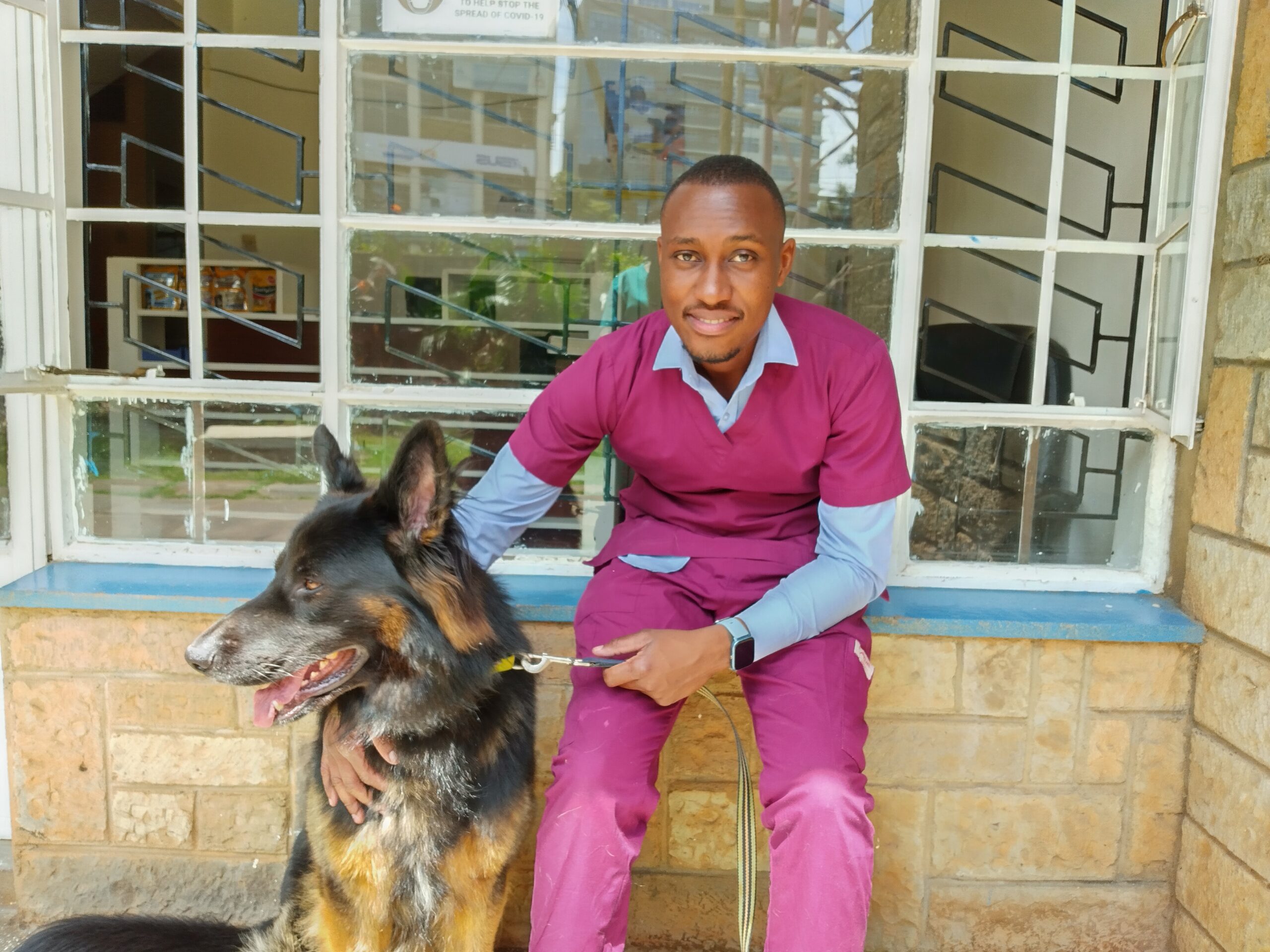Lameness in dogs refers to a condition in which a dog experiences difficulty or pain while walking or moving due to an underlying issue affecting its limbs or gait. Lameness can be caused by a variety of factors, ranging from minor injuries to more serious medical conditions. It’s important to address lameness promptly, as it can impact a dog’s quality of life and potentially lead to further complications if left untreated.
Common Causes of Lameness in Dogs:
- Injury: Trauma, such as fractures, sprains, strains, or cuts, can cause lameness. These injuries may occur from accidents, falls, or interactions with other animals.
- Arthritis: Osteoarthritis, a degenerative joint disease, is a common cause of lameness in older dogs. It leads to joint pain, stiffness, and decreased mobility.
- Hip Dysplasia: This is a genetic condition where the hip joint doesn’t develop properly, leading to joint instability, pain, and lameness, especially in larger breeds.
- Luxating Patella: This condition involves the dislocation of the kneecap, causing intermittent or chronic lameness, particularly in smaller breeds.
- Ligament Tears: Ruptured cruciate ligaments in the knee (anterior or posterior cruciate ligament tears) can lead to severe lameness and joint instability.
- Infections: Bone and joint infections, known as osteomyelitis or septic arthritis, can cause lameness along with other symptoms like swelling and fever.
- Cancer: Bone cancer, such as osteosarcoma, can cause lameness when tumors grow in or near the bones.
- Nerve Damage: Nerve injuries or compression can lead to lameness or weakness in affected limbs.
- Muscle or Tendon Injuries: Strained or torn muscles or tendons can result in lameness, pain, and limited movement.
- Tick-Borne Diseases: Some tick-borne diseases like Lyme disease can cause lameness as a symptom.
Diagnosis and Treatment of lameness in dogs:
When a dog displays lameness, a veterinarian will perform a thorough physical examination and might request additional diagnostic tests such as X-rays, ultrasound, MRI, or blood work. The exact diagnosis will depend on the specific symptoms and findings. Once diagnosed, treatment options will vary depending on the underlying cause:
- Rest and Rehabilitation: In some cases, rest and restricted activity might be sufficient to allow minor injuries to heal.
- Medications: Pain-relief medications, anti-inflammatories, and joint supplements may be prescribed to manage pain and inflammation.
- Surgery: Surgical interventions may be necessary for conditions like ligament tears, hip dysplasia, or certain fractures.
- Physical Therapy: Rehabilitation exercises and physical therapy can aid in recovery and improve muscle strength and joint mobility.
- Management: Chronic conditions like arthritis might require ongoing management, including weight control, exercise moderation, and pain management strategies.
Prevention of lameness in dogs:
Preventing lameness involves various factors such as maintaining a healthy weight, providing regular exercise, avoiding excessive jumping (especially for smaller breeds), and taking preventive measures against tick-borne diseases.
If you suspect your dog is lame or experiencing any mobility issues, it’s best to consult a veterinarian in Nairobi promptly to determine the underlying cause and appropriate treatment.







